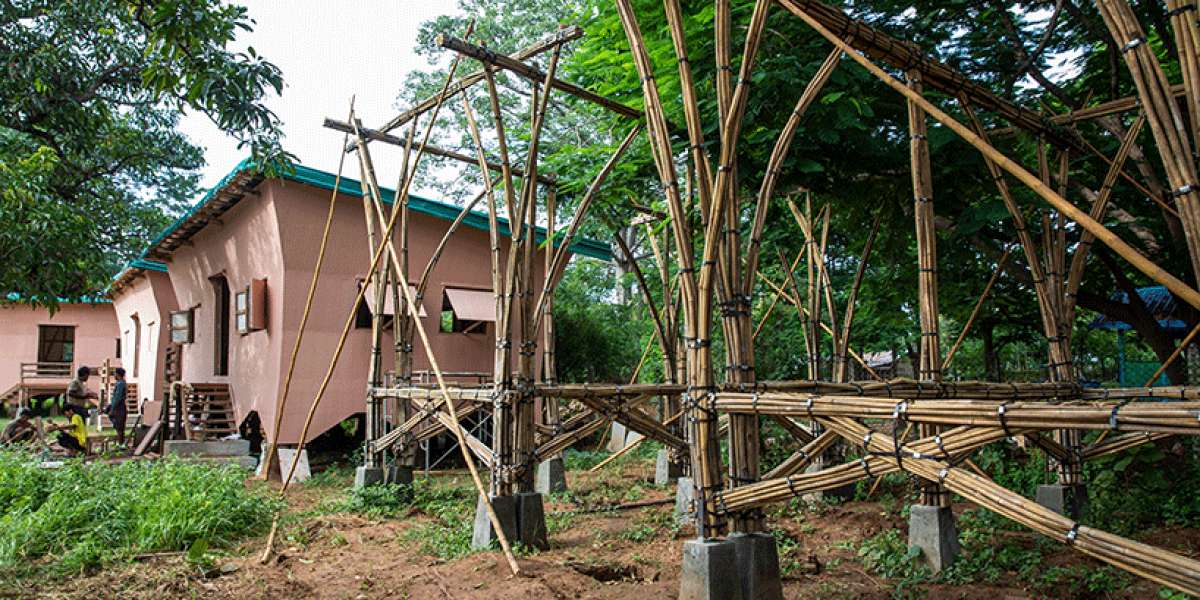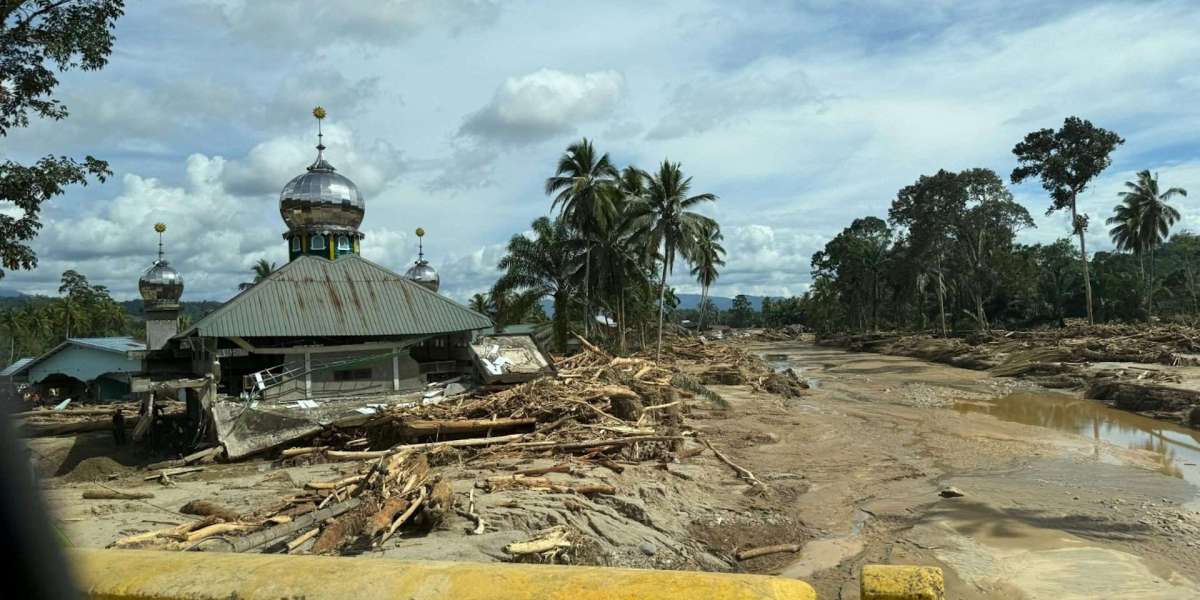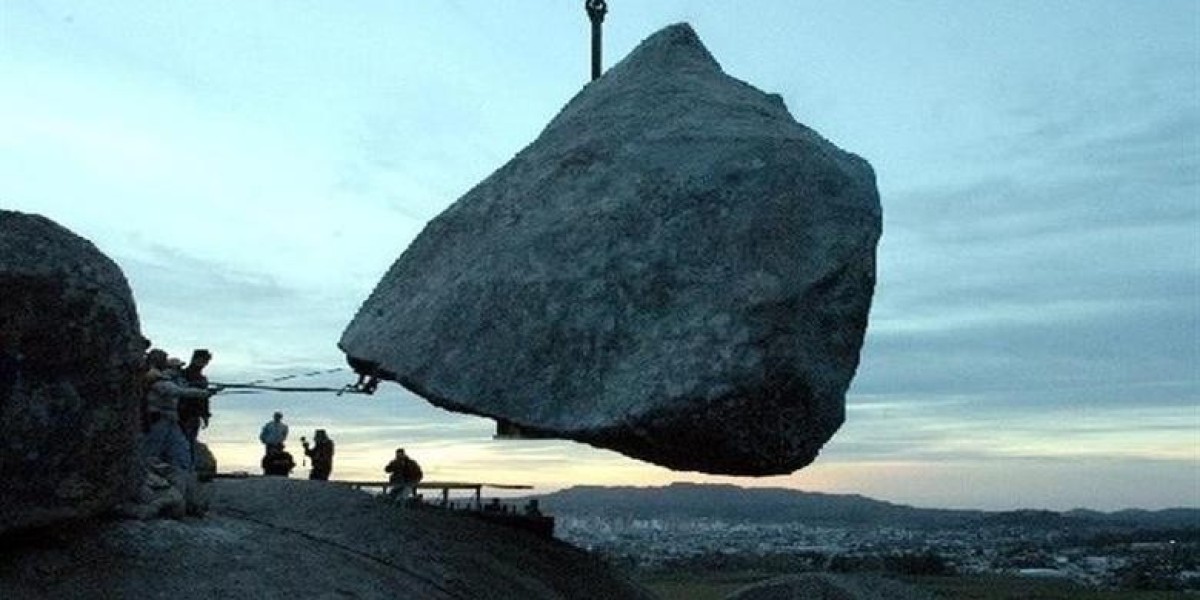article image source: designboom.com (link)
When earthquakes strike, they test not only human resilience but the materials that shelter us. Around the world, an unlikely hero is emerging from forests and farmlands — bamboo. Lightweight, flexible, and rapidly renewable, bamboo is proving itself as a powerful ally in protecting communities from devastating seismic forces.
advertisement
The Earthquake That Changed Minds
In April 2016, Ecuador’s coastal city of Manta was reduced to rubble by a 7.8-magnitude earthquake. The Tarqui district, once a bustling market hub, was flattened. Yet amid the wreckage, a few buildings remained standing — a fish market, a fire station, and clusters of traditional homes, all built from bamboo.
According to Pablo Jácome Estrella from the International Bamboo and Rattan Organization (Inbar), “They stayed standing.” These survivors weren’t new innovations but traditional structures built long before the quake — a reminder that sometimes the wisdom of the past holds the key to modern safety.
Researchers soon discovered why. Bamboo’s hollow stems, or culms, make it remarkably light, while its natural flexibility allows it to absorb seismic shocks without snapping. As Bhavna Sharma of the University of Southern California explains, “Buildings should move in an earthquake. We just want to control how much they move.”
The realization was groundbreaking: nature had designed bamboo to bend, not break.
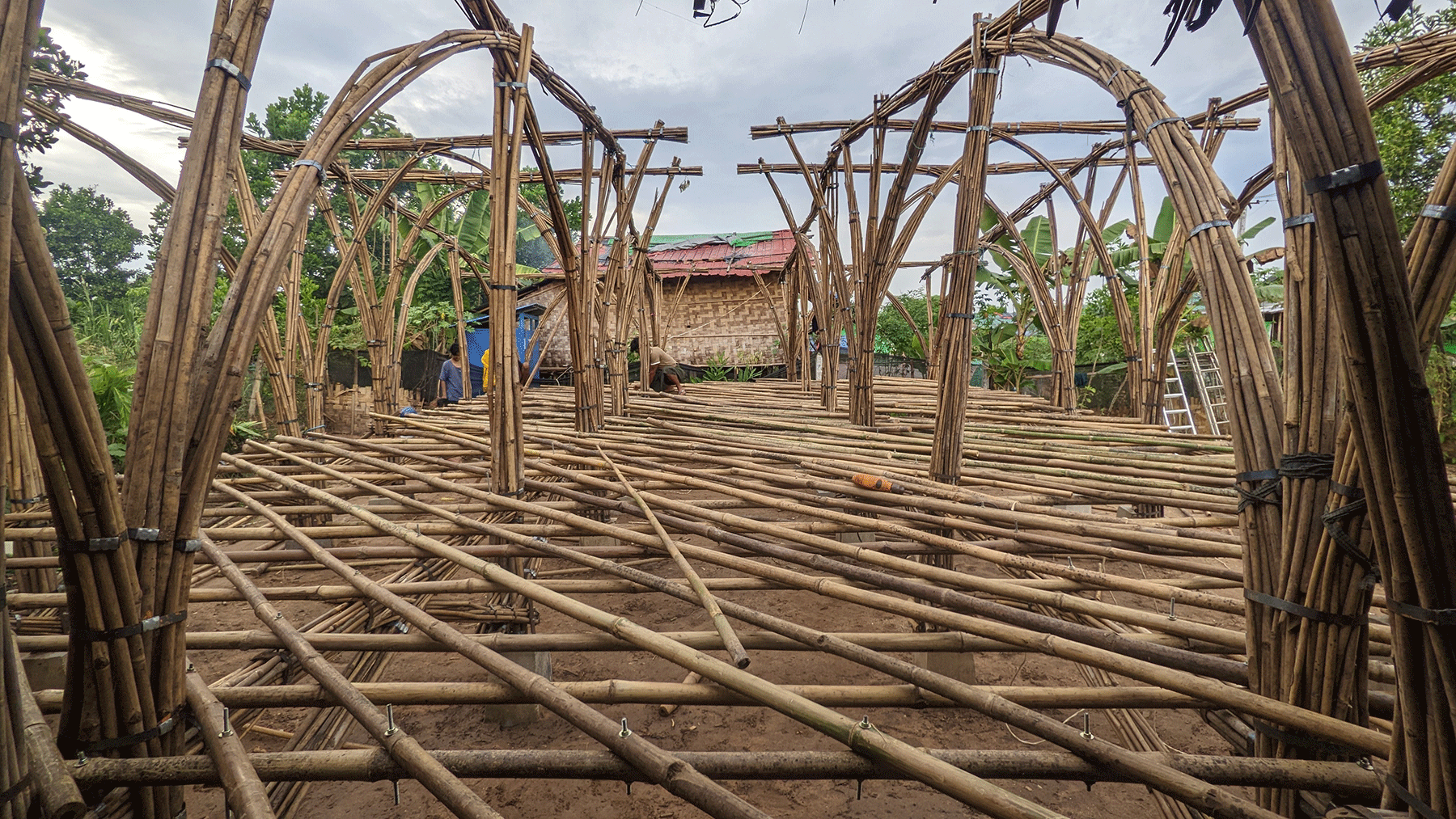
the earthquake became the ultimate proof of concept for Housing NOW - image source: designboom.com
From Tradition to Science
Though bamboo has been used in construction for thousands of years across Asia, Africa, and South America, only in recent decades has it been rigorously studied. After Colombia’s 1999 earthquake, researchers found that bahareque homes — a traditional method using bamboo lattices coated in clay — suffered far less damage than concrete or brick structures.
Engineer Luis Felipe Lopez recalls that moment as transformative: “It was so evident to the government that these bahareque houses saved lives.” Colombia soon became the first country to introduce a national bamboo building code in 2002.
Since then, countries including Ecuador, Peru, Bangladesh, and India have followed suit, and even international standards organizations now recognize bamboo as a legitimate structural material. What began as a regional solution is becoming a global movement in resilient design.
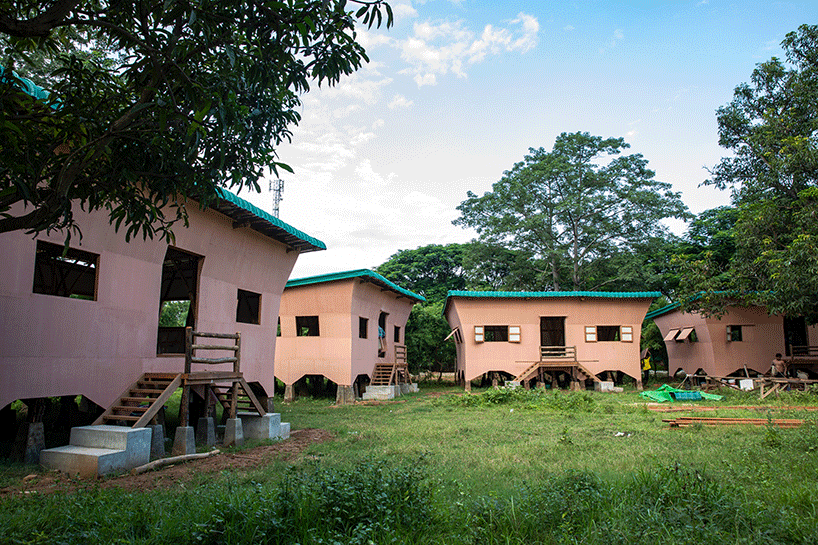
images credits/copyright: by Aung Htay Hlaing and Raphaël Ascoli - image source: designboom.com
Affordable, Sustainable, and Strong
Bamboo’s appeal isn’t limited to safety — it’s also one of the most sustainable materials on Earth. It grows at lightning speed, replenishes itself without replanting, and absorbs more carbon than it emits. In Ecuador, new bamboo homes cost roughly $20,000 for a two-bedroom structure — comparable to conventional housing but with a fraction of the environmental impact.
Projects led by Inbar and local universities have not only built hundreds of bamboo homes in Manta and the wider Manabí province but have also trained a new generation of architects and engineers in bamboo construction. Locals call it “the wood of the wise” — renewable, resilient, and rooted in tradition.
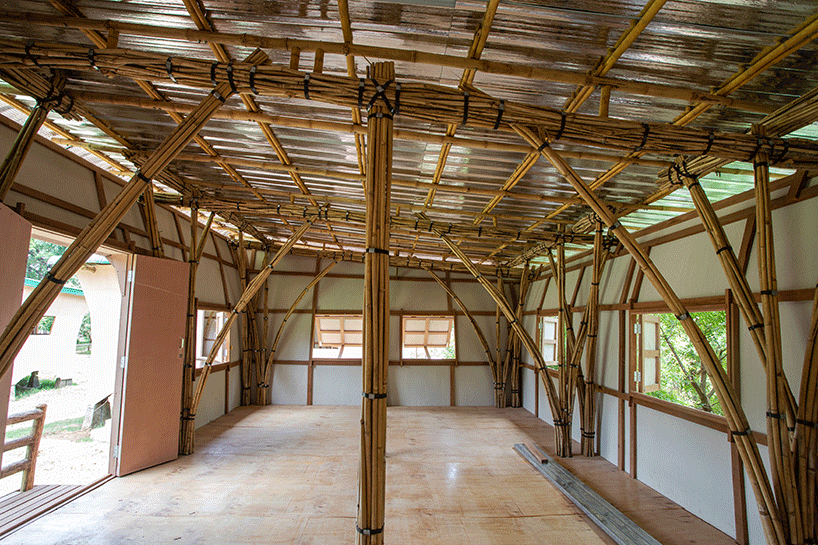
the Housing NOW project has been developing across conflict-affected regions of Myanmar since 2019
- image source: designboom.com
Blueprints for Resilience: Myanmar’s Modular Miracle
The power of bamboo was tested again in March 2025, when a 7.7-magnitude earthquake struck central Myanmar. In Mandalay, 26 bamboo houses designed by Yangon-based studio Blue Temple stood firm while much of the region crumbled. These homes were part of the Housing NOW initiative — a program creating modular shelters for families displaced by conflict.
Each house was built collaboratively with residents, using bundled small-diameter bamboo that locks together into shock-absorbing frames. Assembly takes less than a week, and families gain hands-on training to build and maintain their homes. When the quake hit, not a single house collapsed — turning an experimental idea into a real-world triumph.
As of 2025, over 70 such units have been built, and DIY Bamboo Manuals are being distributed across Myanmar to empower communities to build their own earthquake-resistant homes. What began as a humanitarian project has become a blueprint for community-led resilience.
Bamboo in the Age of Disasters
Beyond earthquakes, bamboo’s adaptability has proven vital in post-disaster recovery. In Pakistan, pioneering architect Yasmeen Lari has used bamboo to build low-cost homes after earthquakes and floods. Her hybrid bamboo-and-mud structures have survived shaking table tests simulating earthquakes far stronger than those in real life — enduring up to 670% of the Kobe earthquake’s strength before buckling.
These homes cost as little as $88 to build, yet they provide lasting protection and dignity for displaced families. Lari’s work demonstrates how bamboo can be both a tool of survival and a symbol of self-reliance — a material that empowers rather than depends on external aid.

Earthquake-Proof Bamboo: The Unlikely Building Savior - image source: calamity360.com
The Future of Bamboo Architecture
Across the world — from the Philippines to Ecuador, from Myanmar to Pakistan — bamboo is being reimagined not as a poor man’s material, but as a smart, sustainable, and elegant solution to one of humanity’s oldest challenges: building safe homes in a shifting world.
Researchers are now exploring multi-story bamboo structures and hybrid systems that combine natural bamboo with engineered composites. With proper treatment against moisture and insects — what builders call giving bamboo a “good hat and boots” — it can last for decades, standing strong through storms and tremors alike.
Architect Liu Kewei from Inbar summarizes bamboo’s unique duality: “It’s light enough for an earthquake and heavy enough for a cyclone.” And when people step inside a bamboo home, she says, “they feel more comfortable — connected to nature itself.”
Conclusion: A Material Rooted in Resilience
Bamboo stands as a living testament to the wisdom of nature — a material that doesn’t fight against the earth’s forces but moves with them. In a world increasingly shaken by climate change and natural disasters, bamboo offers more than safety. It offers a philosophy: that strength can come from flexibility, and resilience can grow from the ground beneath our feet.
From the coast of Ecuador to the plains of Myanmar, bamboo is transforming from humble grass into a global symbol of renewal. Perhaps the future of earthquake-proof architecture isn’t made of steel or concrete — but of something far more organic, ancient, and alive.
Sources
BBC Future (2025). “‘Nature designed it to bend’: The bamboo buildings that sway in earthquakes.” https://www.bbc.com/future/article/20251028-the-bamboo-buildings-that-sway-in-earthquakes
Designboom (2025). “Modular bamboo houses by Blue Temple stand firm after 7.7 earthquake in Myanmar.” https://www.designboom.com/architecture/modular-bamboo-houses-blue-temple-earthquake-myanmar-housing-now-10-29-2025/
Calamity360 (2025). “Earthquake-Proof Bamboo: The Unlikely Building Savior.” https://www.calamity360.com/earthquake-proof-bamboo-the-unlikely-building-savior/
Thank you !
